Home>Furniture & Design>Interior Design Trends>How To Organize A Bar
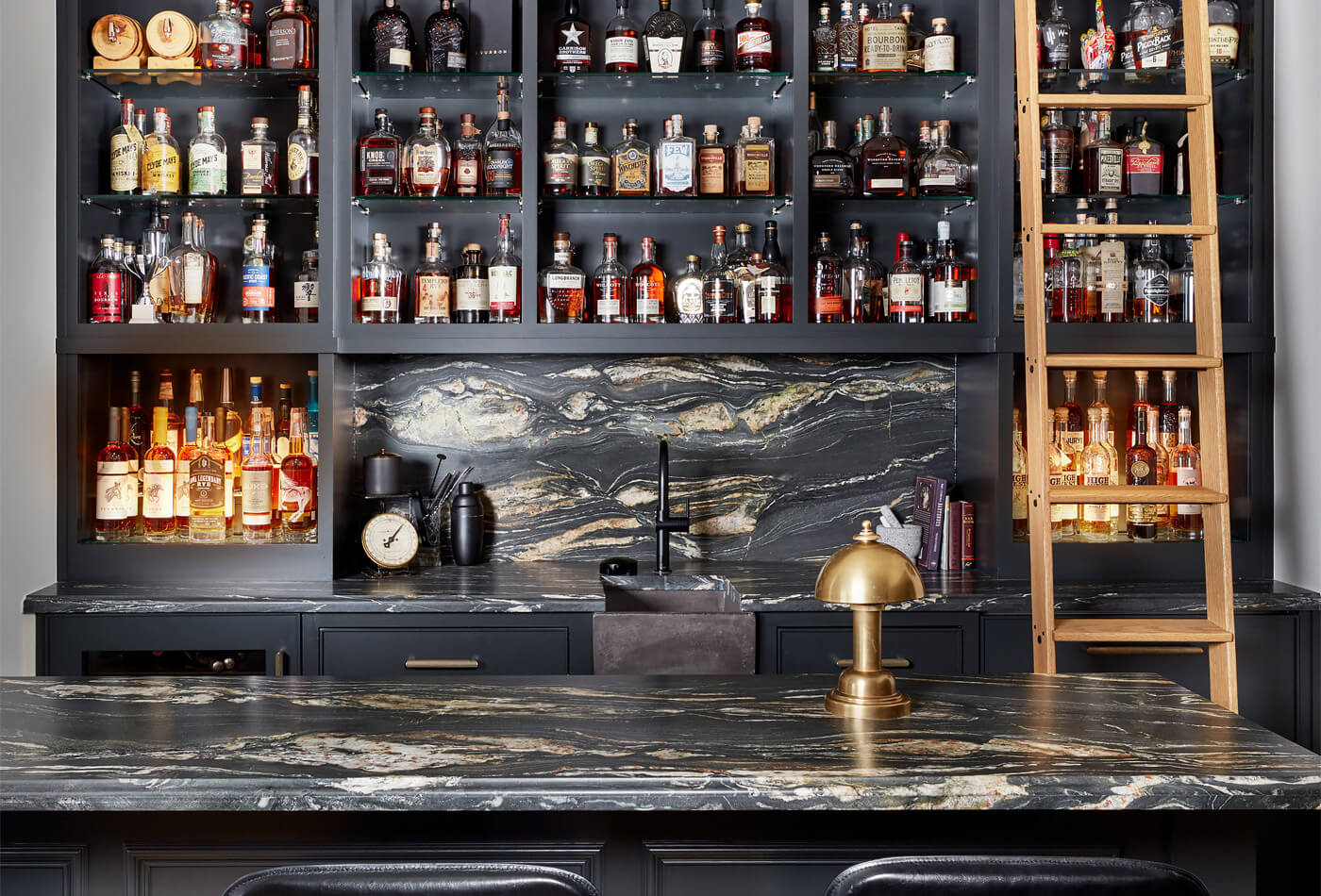

Interior Design Trends
How To Organize A Bar
Modified: August 28, 2024
Learn how to organize a bar with the latest interior design trends. Discover innovative ideas and tips for creating a stylish and functional bar space. Elevate your home bar with our expert advice.
(Many of the links in this article redirect to a specific reviewed product. Your purchase of these products through affiliate links helps to generate commission for Storables.com, at no extra cost. Learn more)
Understanding the Layout and Flow
When it comes to organizing a bar, understanding the layout and flow of the space is crucial. The layout of the bar should be designed to optimize the efficiency of the bartenders and servers while providing a pleasant experience for the customers. Here are some key points to consider when organizing the layout and flow of your bar:
-
Traffic Flow: Consider the natural flow of traffic in the bar area. Customers should be able to move around easily without causing congestion. Place the bar in a central location to allow for easy access from all areas of the establishment.
-
Work Zones: Divide the bar into specific work zones to streamline the bartending and serving process. Designate areas for mixing drinks, preparing garnishes, and serving customers. This will help the staff work more efficiently and reduce the chances of bottlenecks during busy periods.
-
Accessibility: Ensure that all necessary tools, equipment, and ingredients are easily accessible to the bartenders. This includes having a well-organized back bar with a clear display of spirits, mixers, and garnishes. Additionally, consider the placement of glassware, ice, and other essential items to minimize the time spent searching for supplies.
-
Customer Interaction: Create a layout that encourages interaction between the bartenders and customers. This can be achieved by having an open bar design with seating around the bar counter. It allows customers to observe the bartenders at work and engage in conversation, enhancing the overall experience.
-
Aesthetics: The layout should also be visually appealing. Consider the overall design and ambiance of the bar, including lighting, decor, and signage. A well-designed layout can contribute to the overall atmosphere and appeal of the bar.
By understanding the layout and flow of the bar, you can create an organized and efficient space that enhances the customer experience and maximizes the productivity of the staff.
Key Takeaways:
- Efficient bar organization enhances customer experience and staff productivity. Consider traffic flow, work zones, accessibility, customer interaction, aesthetics, and functional menu design for a successful bar layout.
- Effective inventory management and workstation design are crucial for a productive bar. Prioritize workflow optimization, ergonomic considerations, organization, and accessibility, as well as implementing effective storage solutions and cleaning procedures.
Creating a Functional Bar Menu
Crafting a functional bar menu is essential for a successful bar operation. A well-designed menu not only showcases the available drinks but also contributes to the overall ambiance and customer experience. Here's how to create a functional bar menu that enhances organization and customer satisfaction:
-
Drink Selection: Begin by curating a diverse selection of drinks that cater to a wide range of preferences. Include classic cocktails, signature drinks, mocktails, and a variety of spirits, beers, and wines. Consider the demographic of your clientele and tailor the menu to their tastes.
-
Categorization: Organize the menu into logical categories such as cocktails, beer, wine, and non-alcoholic beverages. Within each category, further subdivide the drinks based on their characteristics, such as flavor profiles, strength, or ingredients. This makes it easier for customers to navigate the menu and find their desired drinks.
-
Descriptions and Pairings: Provide detailed descriptions for each drink, including the ingredients, flavors, and any special preparation methods. Additionally, suggest food pairings or complementary drinks to enhance the overall dining experience.
-
Visual Presentation: Incorporate visually appealing elements into the menu design. Use high-quality images, creative typography, and color schemes that align with the bar's theme. A well-designed menu not only aids in organizing the offerings but also adds to the aesthetic appeal of the bar.
-
Pricing and Layout: Clearly display the prices of the drinks and ensure that the layout is easy to read and understand. Consider using strategic placement and formatting to draw attention to featured or specialty drinks.
-
Seasonal and Special Offerings: Introduce seasonal or limited-time offerings to keep the menu fresh and exciting. Highlight special promotions, happy hour deals, or themed events to entice customers and encourage repeat visits.
-
Feedback and Adaptation: Regularly gather feedback from customers and staff regarding the menu. Use this input to make adjustments and improvements, ensuring that the menu remains relevant and appealing.
By creating a functional bar menu that is well-organized, visually appealing, and customer-centric, you can effectively showcase your drink offerings while enhancing the overall organization and efficiency of the bar.
Stocking and Organizing Inventory
Stocking and organizing inventory is a critical aspect of running a successful bar. Efficient inventory management ensures that the bar is well-stocked with essential supplies, minimizes waste, and facilitates smooth operations. Here's a detailed look at the key steps involved in stocking and organizing inventory for a bar:
-
Inventory Assessment: Begin by conducting a comprehensive assessment of the existing inventory. Take stock of all alcoholic and non-alcoholic beverages, mixers, garnishes, glassware, bar tools, and other consumables. This assessment provides a clear understanding of the current stock levels and helps in identifying any shortages or excess supplies.
-
Inventory Categorization: Categorize the inventory based on the frequency of use and storage requirements. Classify items as high-usage, moderate-usage, and low-usage to prioritize stocking and organizing efforts. Additionally, separate perishable items such as fruits, herbs, and dairy products that require special attention.
-
Establish Par Levels: Determine par levels for each item based on historical consumption patterns and anticipated demand. Par levels represent the minimum quantity of an item that should be available at all times to prevent stockouts. Setting par levels helps in maintaining adequate stock without overstocking.
-
Storage Optimization: Organize the storage areas to optimize space and accessibility. Store frequently used items in easily accessible locations to minimize the time spent retrieving supplies during service. Utilize shelving, storage racks, and containers to keep the inventory well-organized and easily visible.
-
Vendor Relationships: Cultivate strong relationships with reliable vendors and suppliers. Establishing consistent and trustworthy supply chains ensures timely replenishment of inventory and access to quality products. Negotiate favorable terms and pricing to optimize procurement costs.
-
Inventory Tracking System: Implement an inventory tracking system to monitor stock levels, track usage, and identify trends. Utilize bar management software or inventory management tools to streamline the tracking process. Regularly update the inventory records to reflect changes in stock levels.
-
Rotating Stock: Practice the "first in, first out" (FIFO) method to rotate stock and prevent spoilage or expiration of perishable items. Arrange the inventory so that the oldest items are used first, reducing the risk of waste due to expired products.
-
Waste Reduction: Implement strategies to minimize waste and shrinkage. This includes proper portion control, staff training on inventory handling, and regular audits to identify and address discrepancies. Additionally, consider creative uses for surplus ingredients to minimize waste.
By diligently stocking and organizing inventory, bars can ensure a consistent supply of quality products, minimize operational disruptions, and optimize cost management. This organized approach contributes to the overall efficiency and success of the bar.
Create designated areas for different types of alcohol, such as a whiskey section, a vodka section, and a wine section. This will make it easier for bartenders to find what they need and for customers to navigate the bar.
Designing an Efficient Workstation
Designing an efficient workstation is crucial for maximizing the productivity and functionality of a bar. A well-organized and strategically designed workstation can streamline the bartending process, enhance customer service, and contribute to the overall efficiency of the bar operation. Here are the key elements to consider when designing an efficient workstation:
-
Workflow Optimization: Arrange the workstation to facilitate a smooth workflow for the bartenders. Position essential tools, equipment, and ingredients within easy reach, minimizing the need for excessive movement during drink preparation. Consider the sequence of tasks involved in making different types of drinks and organize the workstation accordingly.
-
Ergonomic Considerations: Prioritize the comfort and ergonomics of the bartenders by designing a workstation that minimizes physical strain and fatigue. Ensure that the layout allows for proper posture, easy access to tools, and comfortable movement between work zones. Invest in quality bar tools and equipment that are designed for efficiency and ease of use.
-
Organization and Accessibility: Implement a system for organizing the workstation that promotes efficiency and accessibility. Utilize designated areas for specific tasks such as mixing, garnishing, and serving. Arrange ingredients, garnishes, and utensils in a logical and easily accessible manner to minimize the time spent searching for items during service.
-
Equipment Placement: Strategically place equipment such as blenders, shakers, and glassware to optimize the bartenders' movements. Consider the frequency of use for each item and position them accordingly. Additionally, ensure that the equipment is well-maintained and regularly serviced to prevent operational disruptions.
-
Multi-Functional Design: Design the workstation to accommodate a variety of drink preparation methods and styles. Incorporate versatile tools and equipment that can be used for multiple purposes, reducing the need for excessive clutter and specialized gadgets. This multi-functional approach enhances efficiency and adaptability.
-
Communication and Collaboration: Create a workstation layout that encourages effective communication and collaboration among the bartending staff. Consider the placement of POS systems, order tickets, and communication devices to facilitate seamless interaction between the bartenders and servers. A well-designed workstation promotes teamwork and coordination.
-
Safety and Cleanliness: Prioritize safety and cleanliness in the workstation design. Ensure that the layout allows for safe handling of equipment and minimizes the risk of accidents. Implement sanitation stations, waste disposal systems, and spill containment measures to maintain a clean and hygienic environment.
-
Adaptability and Flexibility: Design the workstation with adaptability in mind to accommodate changes in menu offerings, seasonal variations, and evolving customer preferences. Flexibility in the workstation design allows for seamless adjustments and enhancements as the bar's needs evolve.
By focusing on these key elements, bars can design workstations that are efficient, organized, and conducive to a productive bartending environment. An efficiently designed workstation contributes to the overall success of the bar by enhancing the quality of service and the satisfaction of both customers and staff.
Implementing Effective Storage Solutions
Effective storage solutions are essential for maintaining an organized and functional bar environment. Proper storage not only ensures the efficient utilization of space but also contributes to the preservation of inventory, ease of access, and overall cleanliness. Here's a detailed exploration of the strategies for implementing effective storage solutions in a bar setting:
-
Utilize Vertical Space: Maximize the use of vertical space by installing shelving units, racks, and hanging storage systems. Vertical storage solutions help in decluttering the bar area and provide a convenient way to store glassware, bottles, and bar tools. By utilizing the height of the space, bars can optimize storage capacity without sacrificing valuable floor space.
-
Categorize and Label: Organize inventory into clearly defined categories and use labeling systems to identify the contents of each storage area. Categorization and labeling facilitate easy navigation and retrieval of items, reducing the time spent searching for specific supplies. Consider using color-coded labels for different types of inventory to enhance visual recognition.
-
Temperature-Controlled Storage: Allocate specific storage areas for temperature-sensitive items such as wine, beer, and perishable ingredients. Implement refrigeration units, wine coolers, and climate-controlled storage solutions to maintain the quality and freshness of these items. Proper temperature control is crucial for preserving the flavor and integrity of beverages and ingredients.
-
Secure Liquor Storage: Establish secure storage for high-value and high-demand liquor bottles. Utilize lockable cabinets, display cases, or dedicated liquor rooms to safeguard premium spirits and prevent unauthorized access. Additionally, consider implementing inventory tracking systems to monitor the movement of liquor bottles and prevent shrinkage.
-
Glassware Organization: Devise a systematic approach to storing and organizing glassware. Utilize glass racks, hanging stems, or specialized glass storage systems to prevent breakage and maintain the cleanliness of the glassware. Store different types of glassware separately to prevent damage and facilitate efficient retrieval during service.
-
Bulk Storage and Inventory Rotation: Allocate designated areas for bulk storage of non-perishable items such as extra bottles, cases of beer, and backup supplies. Implement a rotation system to ensure that older stock is used first, preventing expired or stale inventory. Regularly conduct inventory audits to identify slow-moving items and adjust stocking levels accordingly.
-
Mobile Storage Solutions: Introduce mobile storage solutions such as rolling carts, portable bars, or service stations to facilitate flexibility and adaptability in the bar environment. Mobile storage units can be repositioned as needed to accommodate changes in layout, service requirements, or special events. This versatility enhances the functionality of the bar space.
-
Waste Management and Recycling: Implement effective waste management and recycling systems within the storage areas. Provide designated containers for organic waste, recyclable materials, and general waste. Proper waste segregation and disposal contribute to a clean and environmentally responsible operation.
By implementing these effective storage solutions, bars can create an organized, efficient, and visually appealing storage environment. Well-organized storage not only enhances the operational efficiency of the bar but also contributes to the overall customer experience by ensuring the availability of quality products and streamlined service.
Establishing Cleaning and Maintenance Procedures
Maintaining a clean and well-maintained bar is essential for upholding hygiene standards, preserving the quality of inventory, and creating a positive impression on customers. Establishing thorough cleaning and maintenance procedures is crucial for ensuring the ongoing cleanliness and functionality of the bar. Here's a comprehensive guide to establishing effective cleaning and maintenance procedures in a bar setting:
-
Daily Cleaning Checklist: Develop a detailed checklist outlining the daily cleaning tasks that need to be performed. This may include wiping down bar surfaces, cleaning and sanitizing glassware, mopping floors, and disinfecting high-touch areas. Assign specific responsibilities to the staff to ensure that all tasks are completed consistently.
-
Deep Cleaning Schedule: Create a schedule for deep cleaning tasks that require less frequent attention, such as equipment maintenance, thorough bar top cleaning, and detailed cleaning of storage areas. Allocate specific time slots for deep cleaning activities to prevent disruptions to regular operations.
-
Sanitization Protocols: Establish strict sanitization protocols for all bar surfaces, equipment, and utensils. Use commercial-grade sanitizers and disinfectants to eliminate bacteria, viruses, and other contaminants. Emphasize the importance of frequent handwashing and sanitation practices among the staff.
-
Equipment Maintenance: Implement a proactive approach to equipment maintenance to prevent malfunctions and prolong the lifespan of bar equipment. Regularly inspect and service refrigeration units, ice machines, beverage dispensers, and other essential equipment. Keep a maintenance log to track servicing and repairs.
-
Inventory Inspection: Conduct regular inspections of the inventory to identify expired, damaged, or spoiled items. Dispose of any compromised inventory promptly and document the disposal process. This proactive approach helps in maintaining the quality and safety of the stocked items.
-
Pest Control Measures: Develop a comprehensive pest control plan to prevent infestations and ensure a pest-free environment. Seal entry points, implement regular pest inspections, and engage professional pest control services as needed. Educate the staff on identifying and reporting signs of pest activity.
-
Staff Training and Compliance: Provide thorough training to the staff on cleaning procedures, safety protocols, and compliance with health and sanitation regulations. Regularly update the staff on any changes to cleaning protocols and best practices. Encourage a culture of cleanliness and accountability among the team.
-
Waste Disposal Guidelines: Establish clear guidelines for waste disposal and recycling. Segregate waste into appropriate categories and ensure that waste disposal areas are well-maintained and odor-free. Comply with local waste management regulations and promote eco-friendly waste management practices.
-
Documentation and Record-Keeping: Maintain detailed records of cleaning and maintenance activities, including dates of cleaning, inventory inspections, equipment servicing, and pest control measures. Documentation provides a reference for compliance audits and helps in identifying areas that require additional attention.
By establishing comprehensive cleaning and maintenance procedures, bars can uphold high standards of cleanliness, safety, and operational efficiency. A well-maintained bar environment contributes to the overall customer satisfaction and reinforces the reputation of the establishment as a professional and responsible venue.
Frequently Asked Questions about How To Organize A Bar
Was this page helpful?
At Storables.com, we guarantee accurate and reliable information. Our content, validated by Expert Board Contributors, is crafted following stringent Editorial Policies. We're committed to providing you with well-researched, expert-backed insights for all your informational needs.
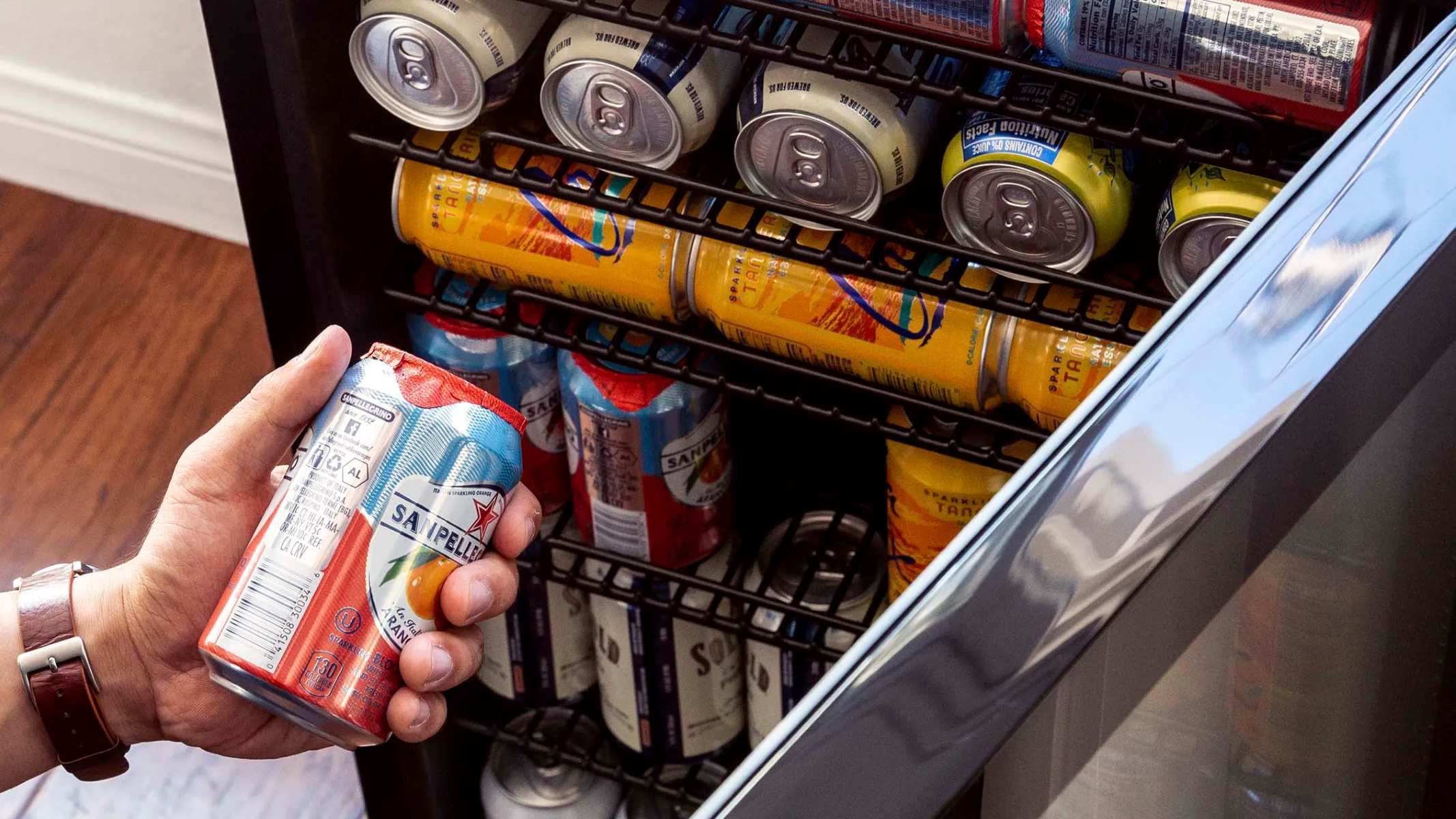
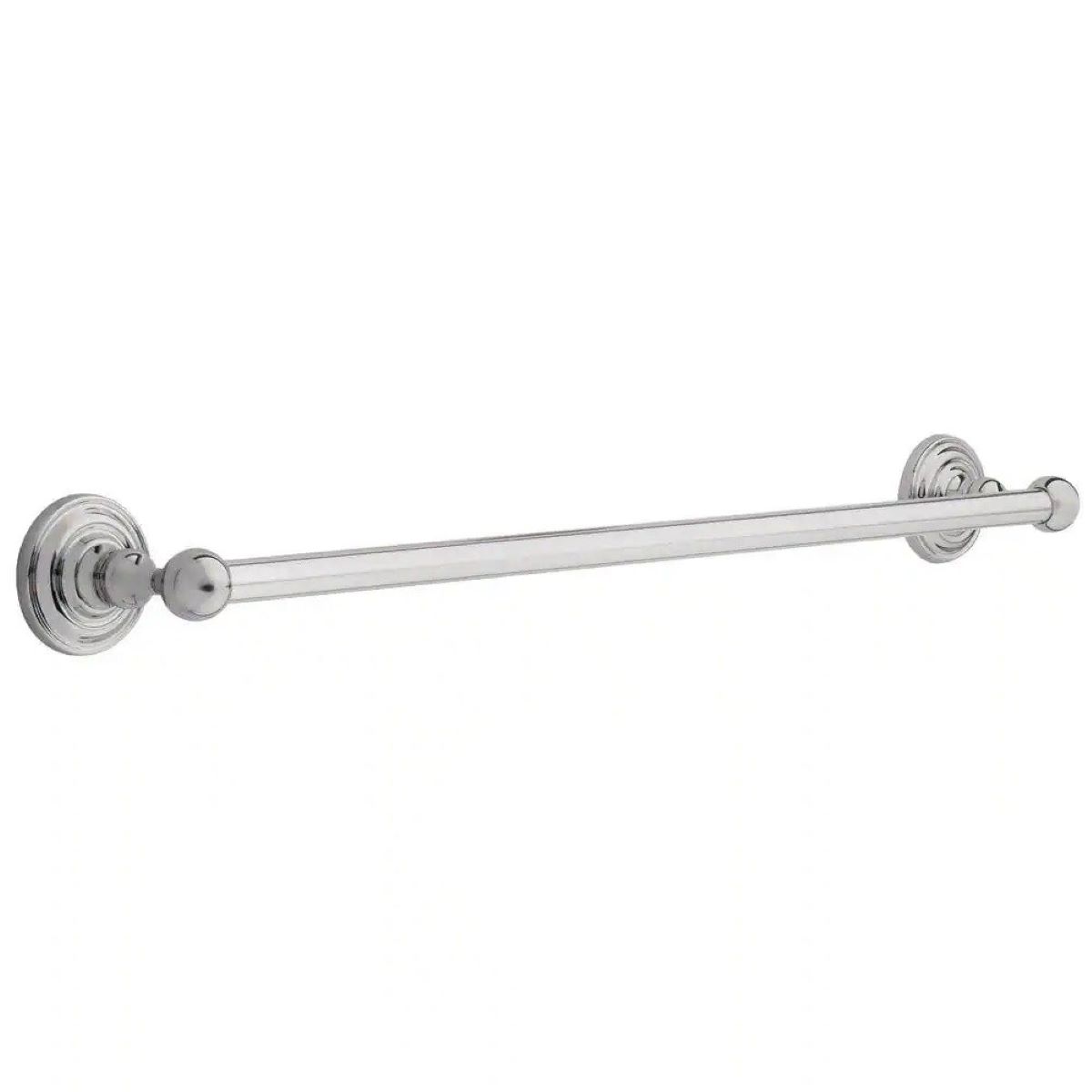
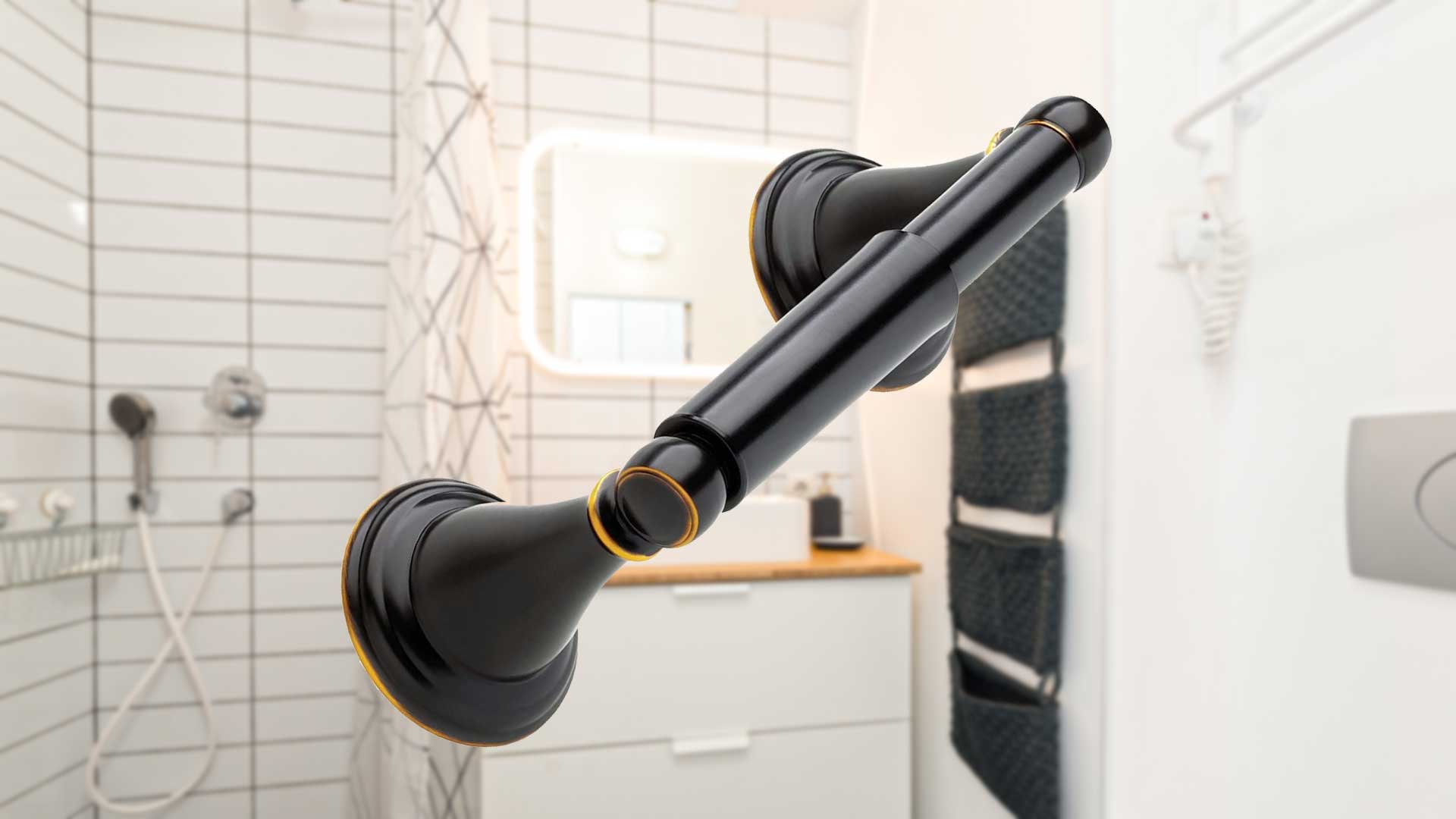
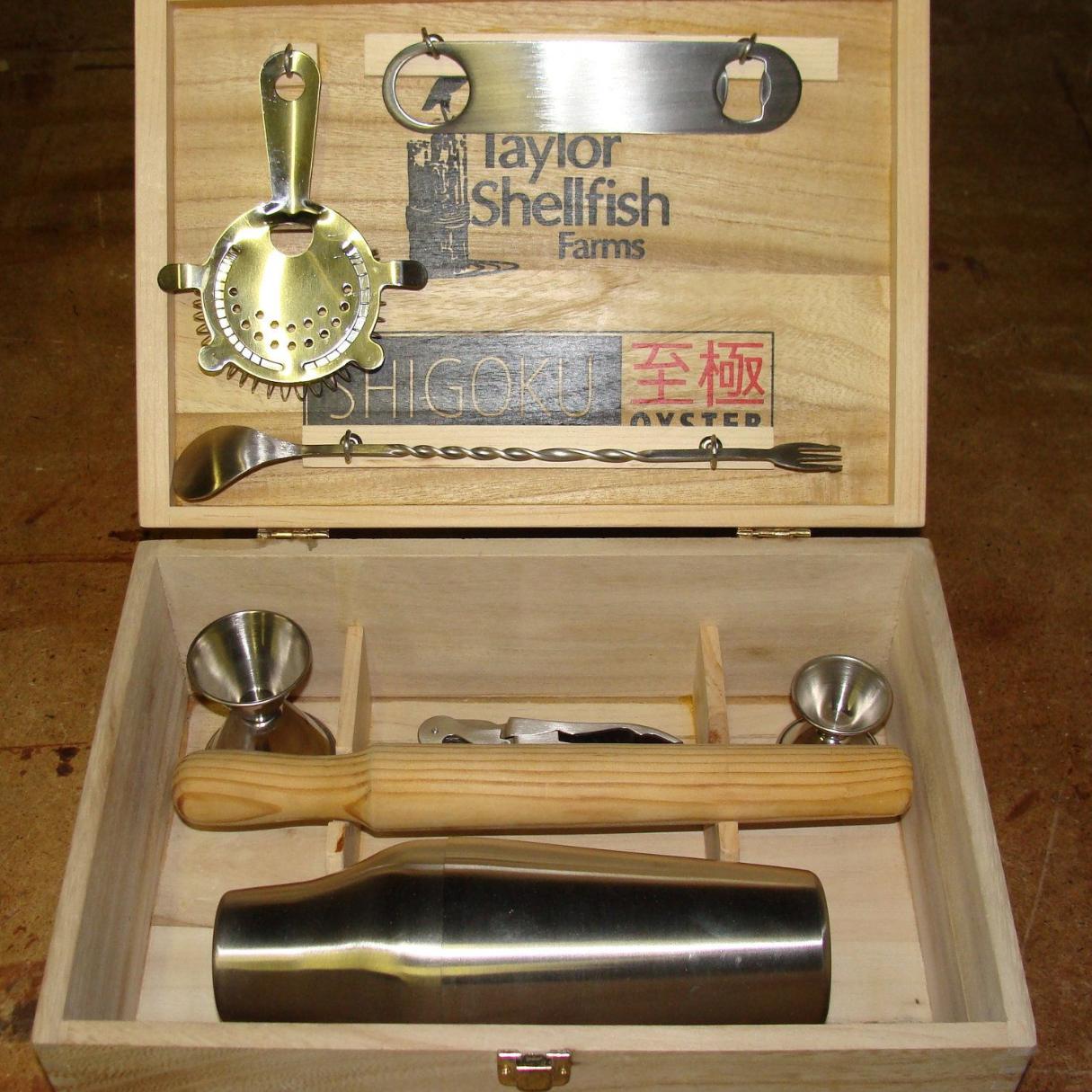
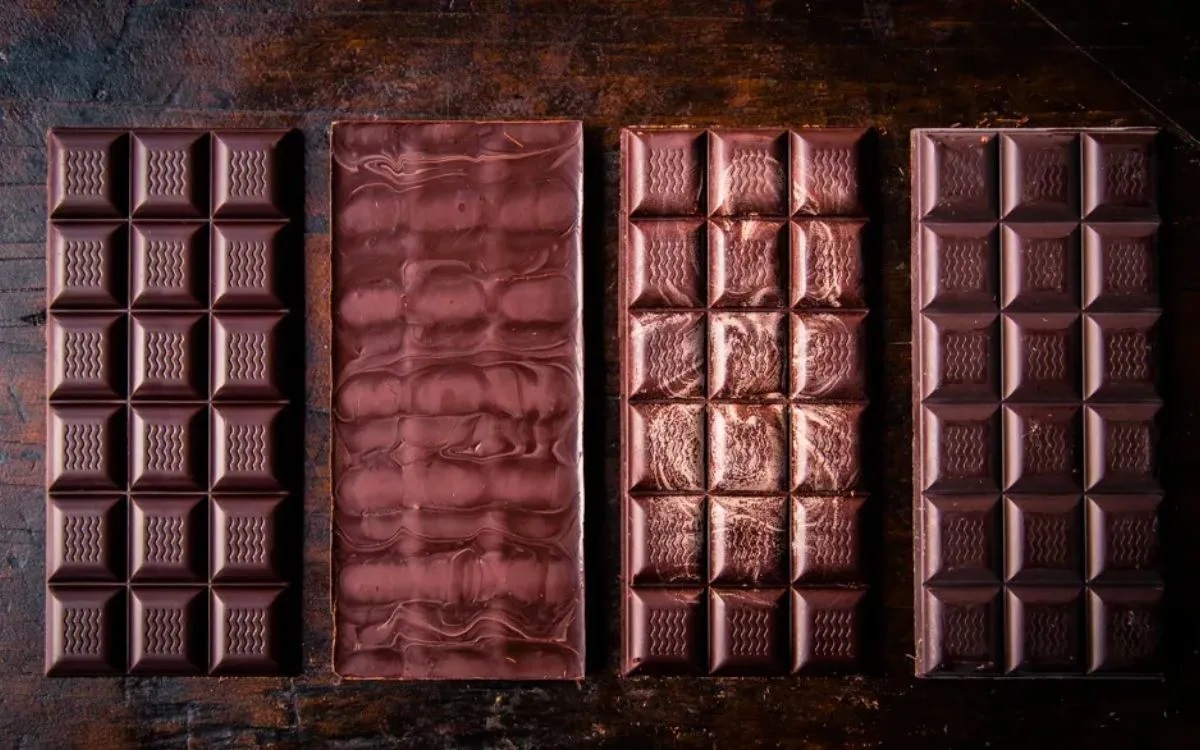
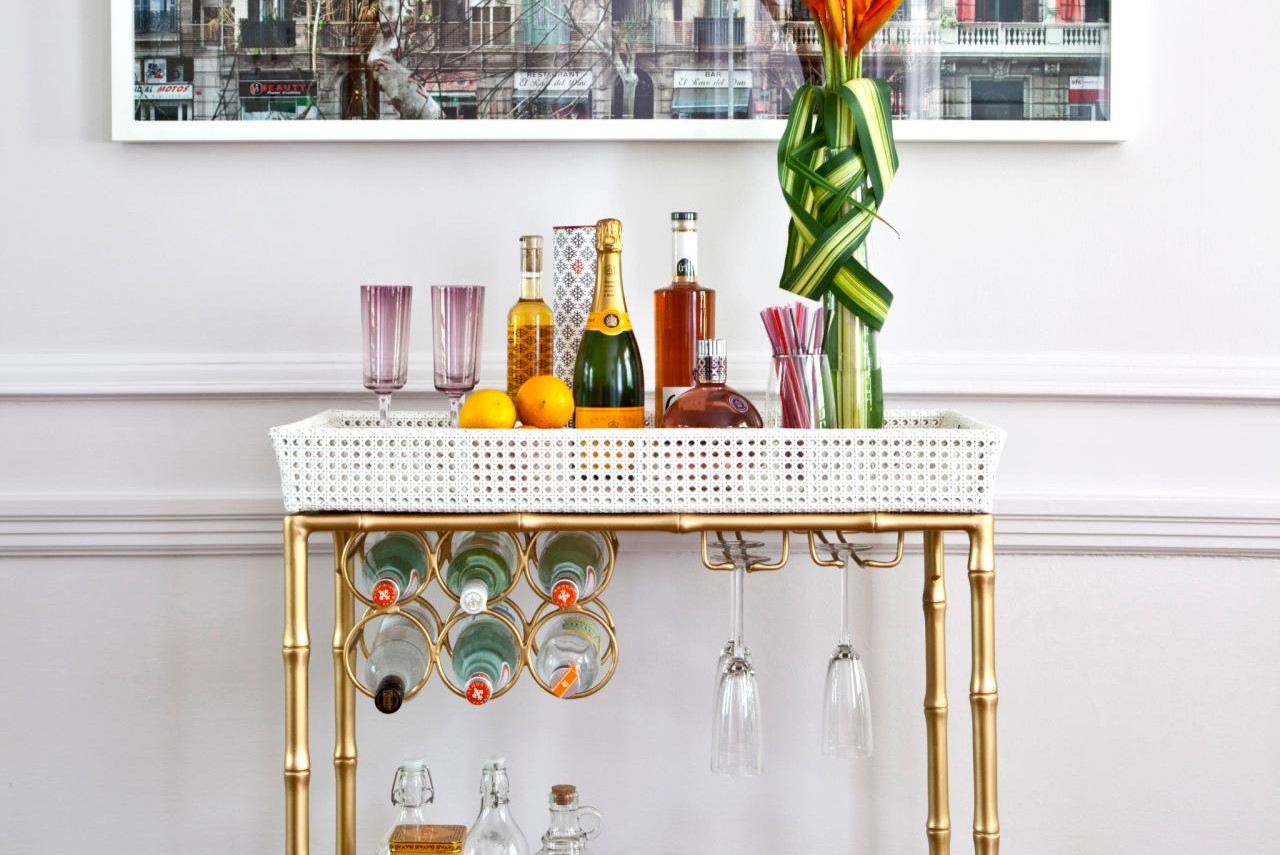
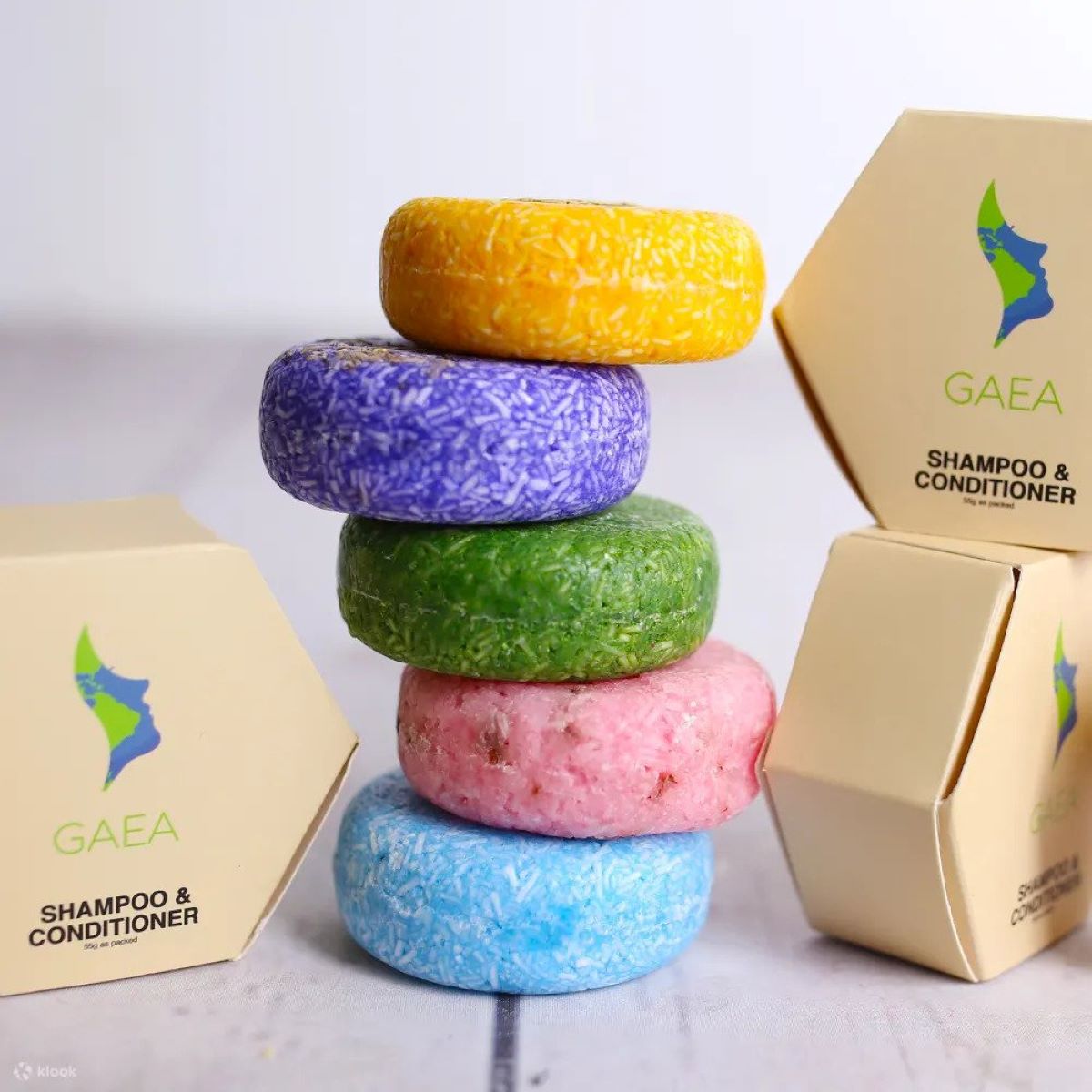
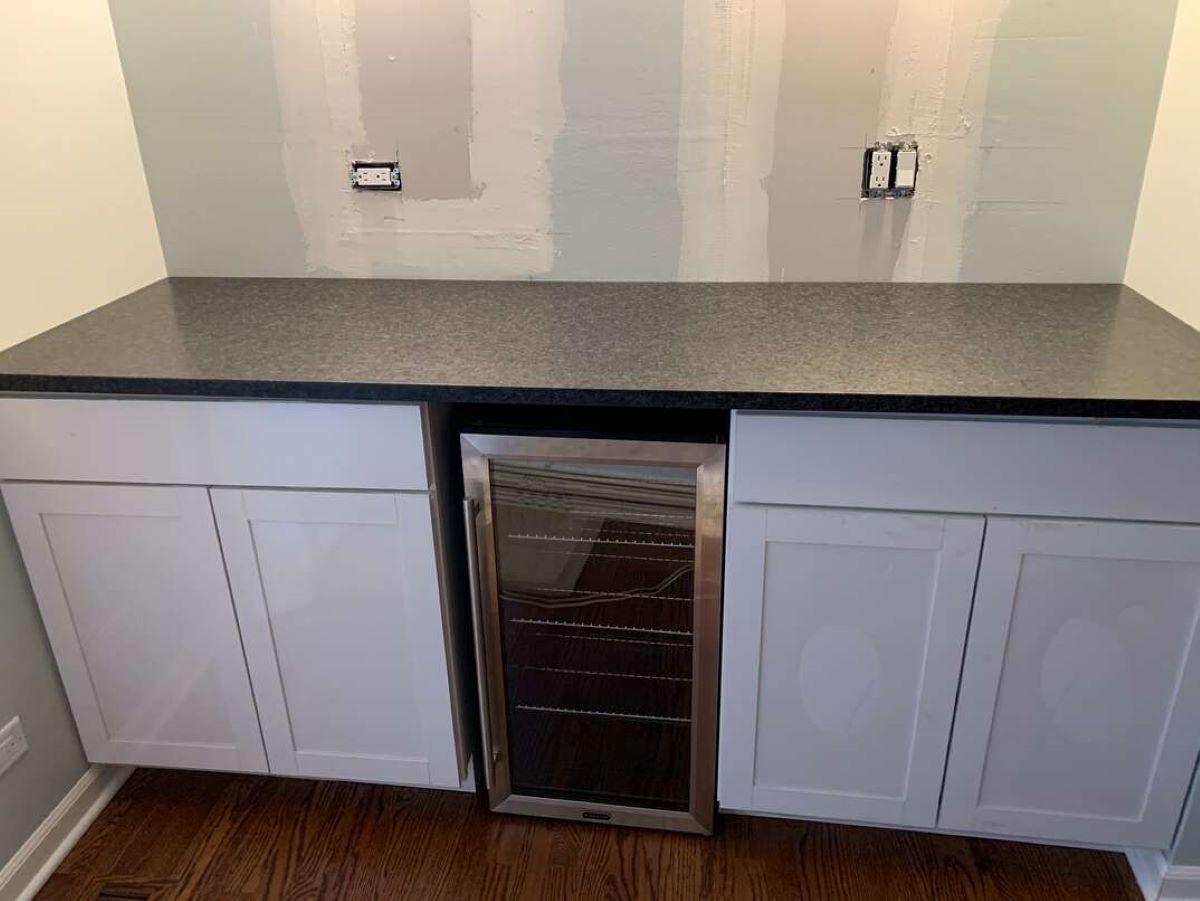


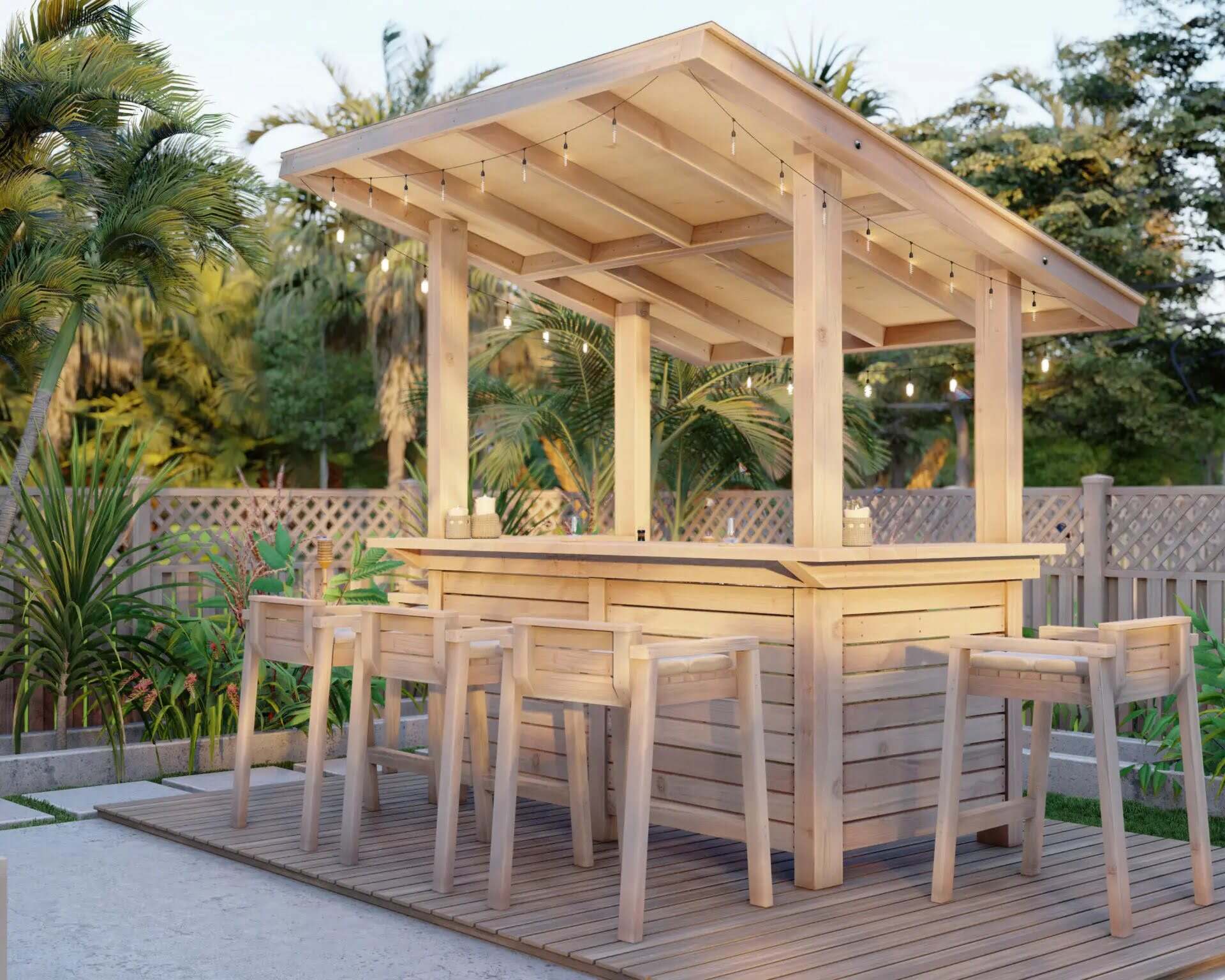
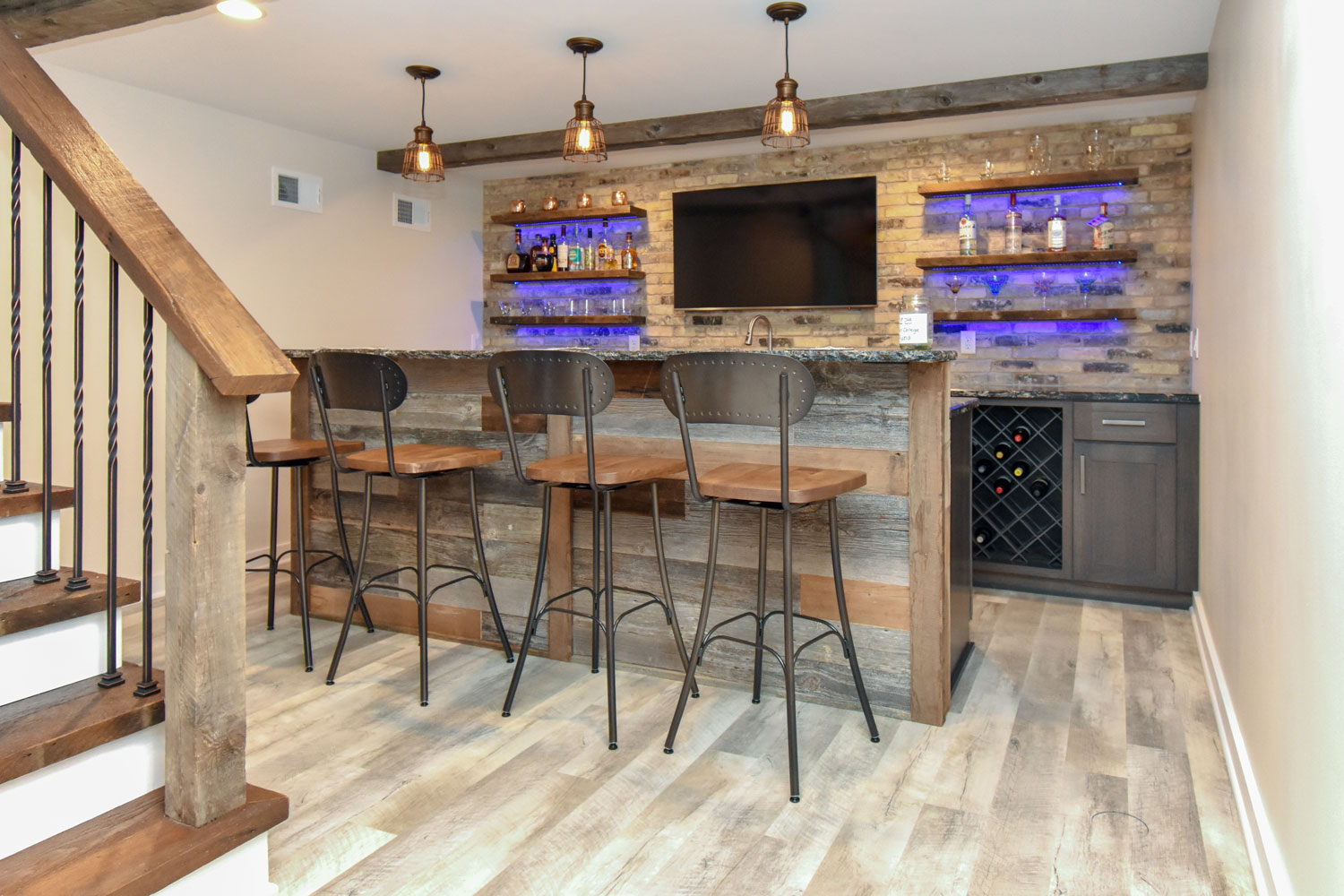
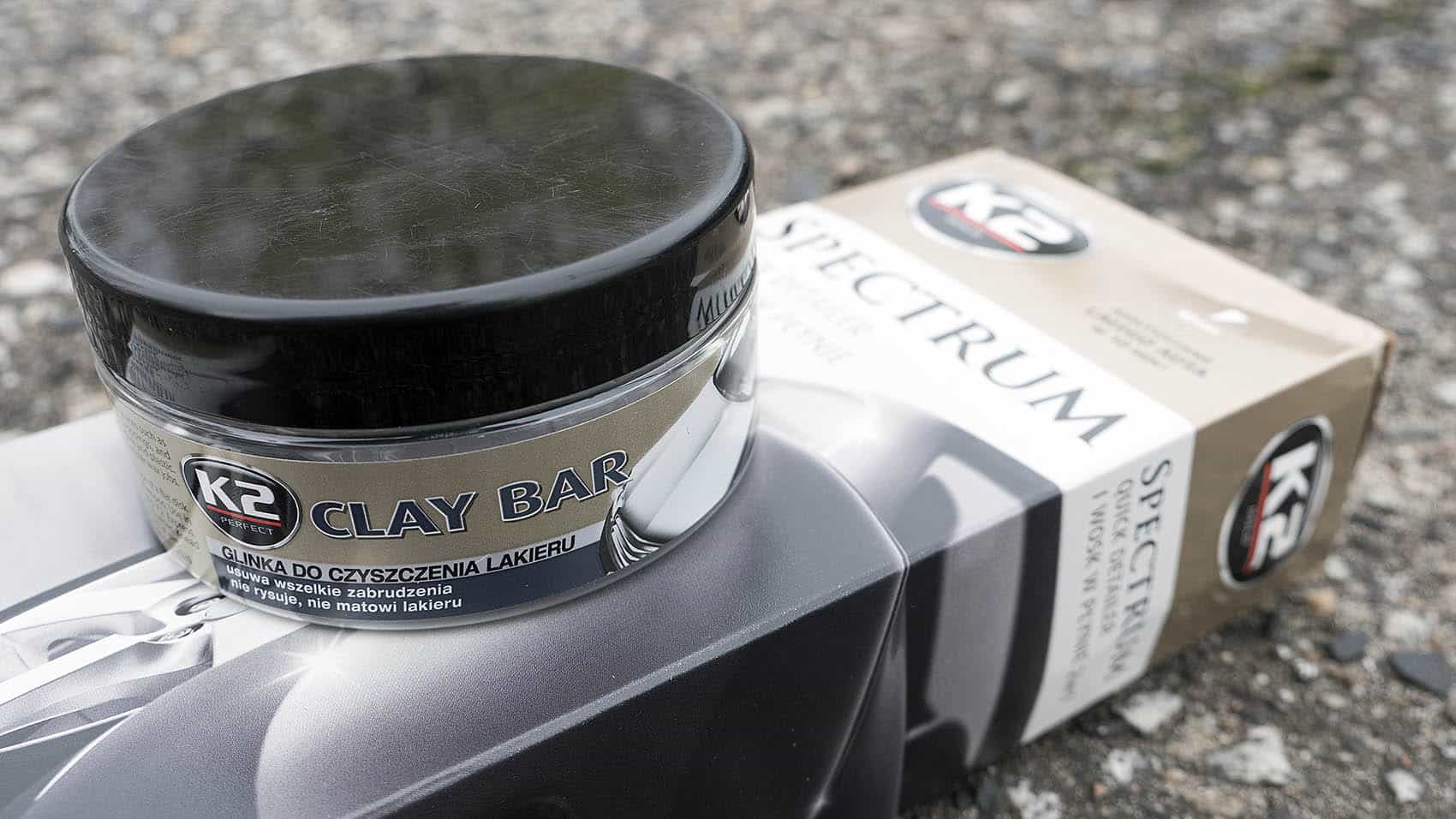


0 thoughts on “How To Organize A Bar”